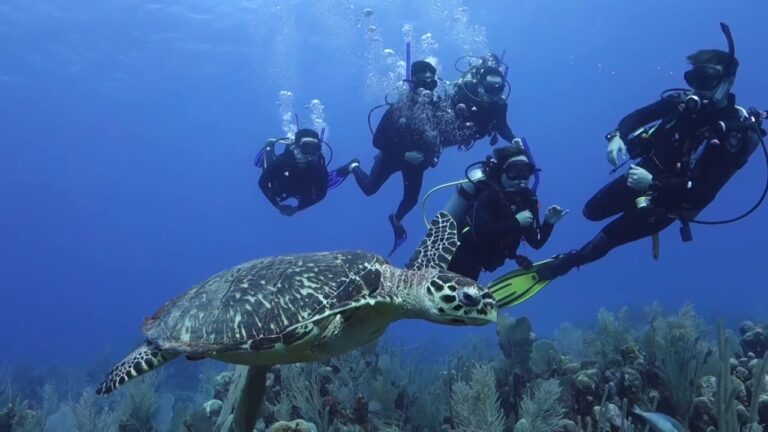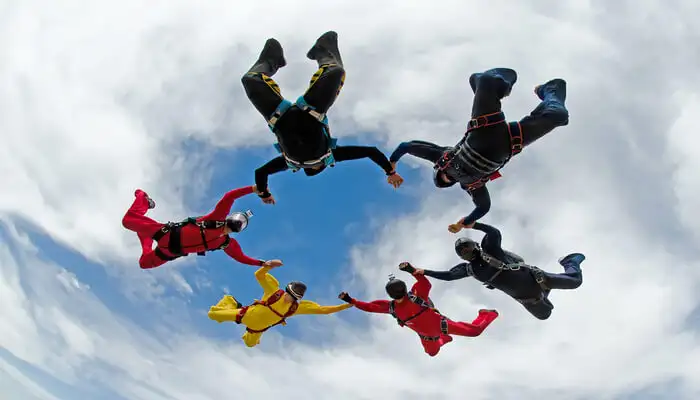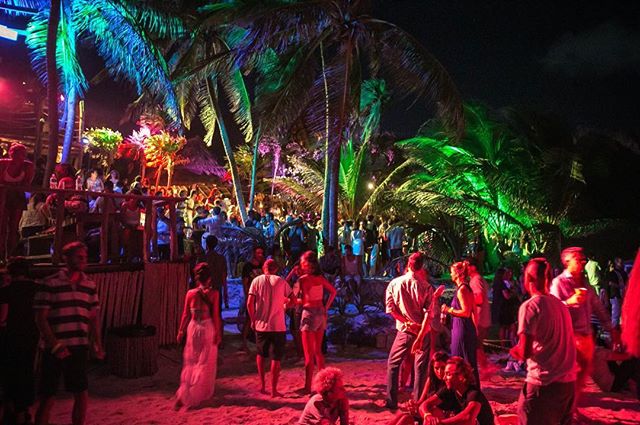What is Worldschooling: Complete Guide 2023
Worldschooling: What exactly is it? In this article, we’ll describe worldschooling and give you all you should know about it before you look.
There is a growing trend for families to move towards the world of homeschooling and global education in 2023. Two teachers in the past, we are now globe-trotting with our two gorgeous boys. It’s been an amazing experience and a learning for us. We’ve learned so much from this experience – and are so excited to be sharing it with you.
” Education is an adventure, and the world is an education.“
In this article, we aim to address all your questions regarding worldschooling. What is worldschooling? Difference between it and homeschooling? What are the similarities? Benefits of international schooling? What are the curriculum and resources available? Does anyone have the ability to world-school? Does it work better for different age groups?
You should also know more about the benefits and disadvantages of attending a school for girls.

What’s the word “worldschooling?
World schooling is an exciting and emerging teaching, learning, and understanding method. The concept of world schooling involves traveling across the globe and using experiences and games to encourage children’s growth, understanding, and skills.
This kind of learning is not restricted to one area or country but can be found everywhere across the globe. World education ensures that children can access global resources to acquire different skills, techniques, and cultures.
What’s the premise that underlies worldschooling?
The philosophy of world schooling is based on experiential learning that aims to foster self-discovery, compassion, and a sense of accountability in young children. Children are believed to benefit from exposure to various experiences, stimuli, and experiences.
Does anyone have the ability to world-school?
There is a yes and no. There aren’t any formal requirements for worldschooling. If you’re ready to try the idea and gain knowledge as you go, everyone can go to a world school. But, a fundamental element of worldschooling is having a good amount of variety, travel, and a deliberate experience. Thus, it is only an alternative for families who can and are willing to travel with their children for long enough to offer an opportunity for learning at the touch of a button.
As world-schooling teachers and parents, we’re thrilled to share our best tips for worldschooling. The majority of parents choose to school their younger children. This is the ideal age to go to worldschool. Children are more open-minded and can absorb new knowledge in a fun way. Parents also feel more able to manage the direction, lead, and participate in a child’s learning in the early years. As children grow older, the need specialized input, formal assessments, and self-directed learning increases.
How do you get started with worldschooling?
There are many things to think about before taking on worldschooling. It is important to consider curriculum, resources, style, and structure. What is your child’s learning, and where do you want to go? Should your child be at a school, you’ll need to go through all administrative procedures and procedures to transition to an overseas school. This will likely involve discussions with the school and your local educational authority. We’re not trying to scare you off. Worldschooling is an incredible adventure and offers a lot of benefits to your child and your entire family. However, we’re not saying that it’s simple.
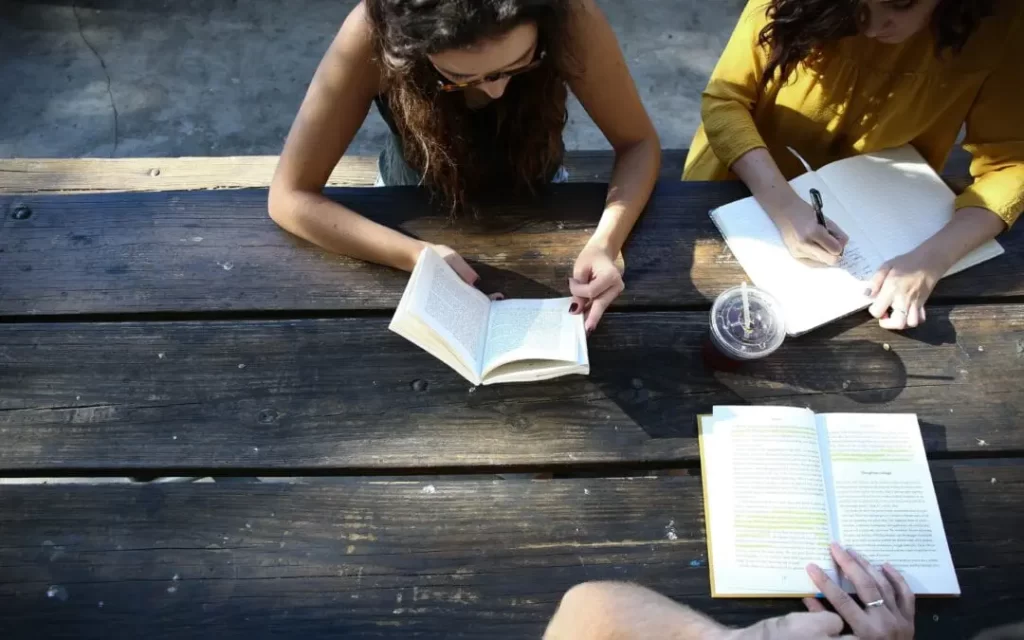
What are the differences between homeschooling and worldschooling?
Worldschooling is a lot like homeschooling. Parents are typically the primary teacher. It is possible to select a curriculum suitable for your child and you (or any curriculum even!). Parents can decide the pace goals and adapt to their children’s demands one-on-one. The pace and progression are quicker for both homeschooling and international education than in a traditional classroom (again, it’s one-to-one).
What are the main differences between homeschooling and worldschooling?
There are a lot of similarities as well as differences between worldschooling and homeschooling. Knowing these differences will aid you in understanding worldschooling more thoroughly. The most significant distinctions between world schools and homeschooling.
| Homeschooling | Worldschooling |
| Are able to use larger sources (musical instruments, equipment for science, | Many exciting new opportunities are available. Every location offers a opportunity to gain knowledge |
| It is easier to join networks and locate ways to connect with other children | More variety of opportunities to discover and reflect on |
| Stability and consistency of the identical environment | Opportunities to broaden the range of skills in adventure (free diving and mountaineering) |
| Consolidated local resources (libraries, parks and fitness centres) | A variety of enriching opportunities for learning about culture. History, religion, culture, politics |
| Access to clubs in the local area and other activities | It is natural to learn cross-curricularly and easy transition from subject to subject and effortlessly |
| Have a wider selection of textbooks and books | The chance to connect with a wider range of people |
| Easy to record and save the work of children | A majority of books and works need the use of digital technology. A decrease in face-toface support means that books you need to be more self-sufficient |
What’s your take on the pitfalls and benefits of Worldschooling?
The world of education is extremely productive and rewarding. The WORLD is transformed into a classroom for children, and what could be a better place than this? Every experience, every new experience, provides a unique and exciting learning opportunity. Learning is intrinsically holistic. Children acquire knowledge, develop abilities, and have the chance to build their character.
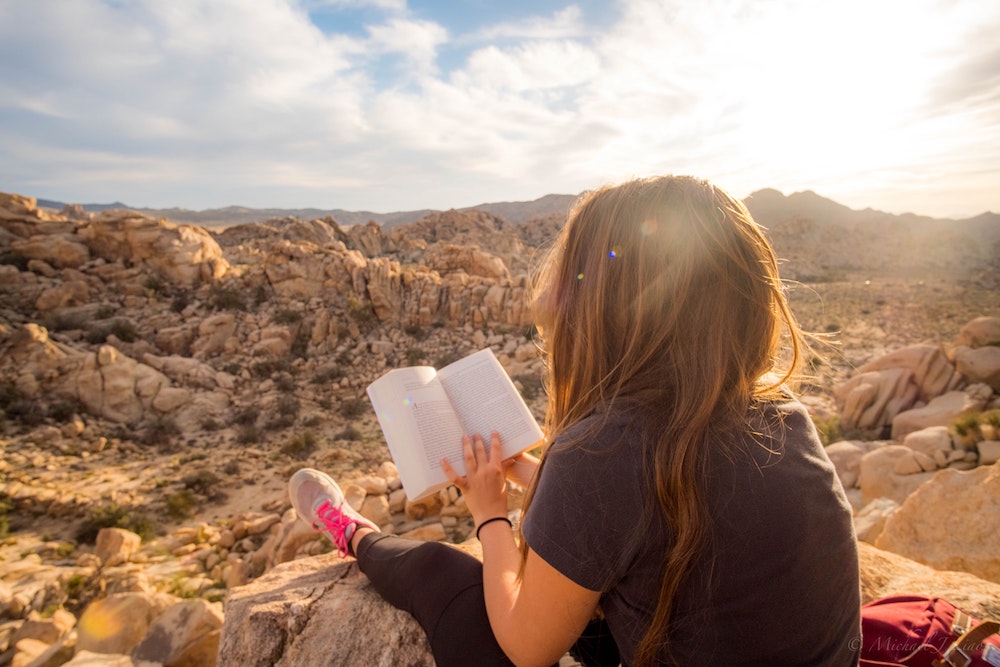
The biggest challenges facing the world of education
- Congruity and time are difficult if you are traveling at a rapid pace
- Insufficient equipment and physical resources may be a challenge (e.g., scientific equipment, sports equipment, and musical instruments)
- It isn’t easy to locate social events; however, it could be simple
- Children are often overwhelmed and enthralled by their surroundings and have difficulty focusing (but this is a normal occurrence with time)
- It’s not easy to find organized extracurricular events (such as sports teams)
- It can be a challenge to keep track of a child’s progress and development
- Digital resources are in greater demand and work
- Insufficient official support and guidance – can make it more difficult to evaluate children’s work, particularly older children.
Worldschooling opportunities in the form of examples
One of the best ways to comprehend the world of schooling is to think about some of the incredible opportunities for learning that are unique to the world. Bring pens, sketchbooks, as well as notebooks and cameras. You will also need plenty of snacks.
Here are SOME examples. The world is a huge classroom. With a bit of imagination and planning, almost everything can be a learning possibility for anyone of any age. These opportunities can be tailored for any age group, capability, and level.
1 Visit a gallery or museum
The majority of cities have museums as well as galleries. These are unique and exciting ways to study the past, culture, art, and science. Museums and galleries are known to be affordable throughout the world. And with some thoughtful planning and the appropriate structure, they could benefit international students’ learning environments.
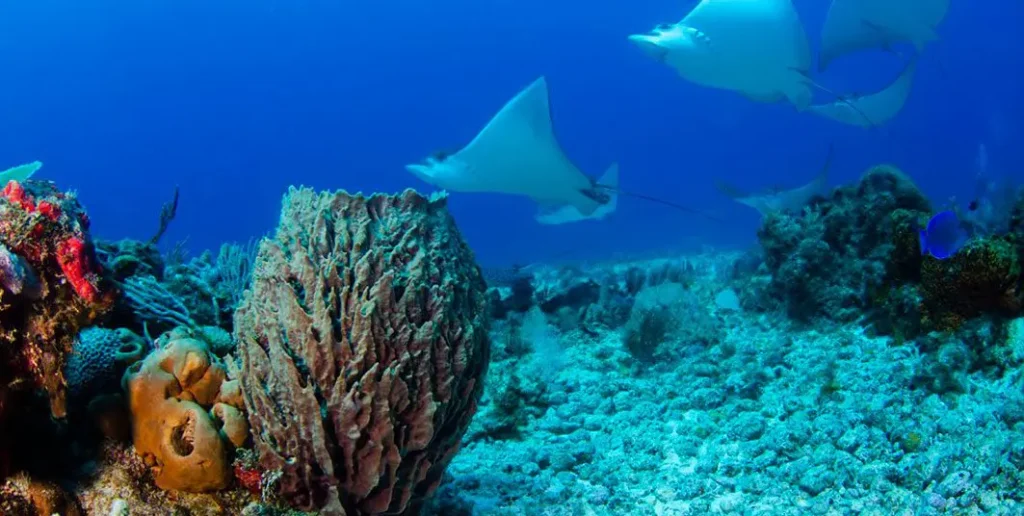
2. Learn about the world of science while swimming in a pool
Certain countries provide quick, accessible, simple, and easy pool access. This gives you the perfect occasion to conduct some imaginative science. Drop pebbles of various sizes to determine which hits on the ground first. Create paper boats. Study buoyancy. Explore underwater sounds and more.
3 Study biodiversity within an ecosystem
No matter where you are in this world, seek out breathtaking wilderness and explore an ecosystem in your area. Be on the lookout for insects, plants, and animals. Learn about concepts like predation, population, and the relationship between food sources in the ecosystem. Examine the size of trees and plants. Take note of the leaf size, shape, and root structure. Discover more about the natural world.
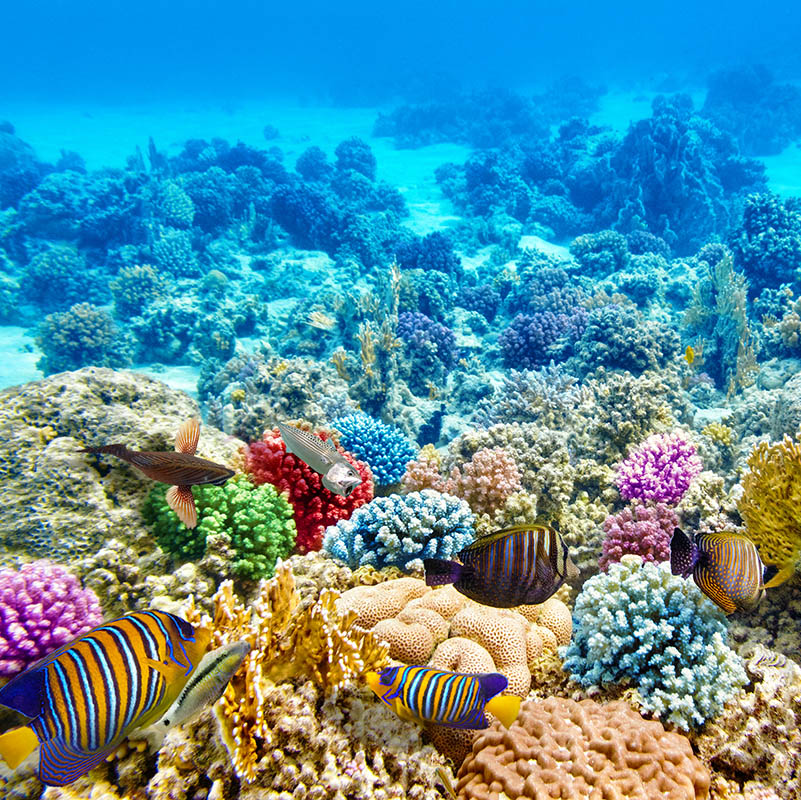
Use apps like Find from iNaturalist to use AI to locate the species surrounding you. Keep a diary, research, draw, write, and keep a record of. There are many ecosystems that you can explore and discover. Pools of rock, ponds, meadows, woodlands, meadows, coral reefs, jungles.
3. Read the local newspaper and discover more about the tradition
What better way to get local books and read about the region’s history? You can read a novel to discover a particular period in the society. You can also pick up a magazine from the present and discover what’s happening in society.
4. Developing an entirely new skill or playing a sport
Worldschooling is an exciting and varied selection of sports and activities. For example, climbing rocks, kayaking, free diving, or mountaineering. There are always thrilling games and abilities that kids can acquire. It is one of the things we love about global education. However, the access to teams of athletes and coaches could be a problem for those who attend world school. The best option is to locate an international school and check whether they offer extracurricular activities that your children can participate in.
5. Climb, trek, discover, and test your limits
Find a mountain to climb, an incredible hike, go wild camping, and seek out experiences that test your limits. This type of activity builds character, grit, and endurance. A thing that traditional educational methods aren’t good at.
6 Participate in a project for charity or human rights
A significant component of a holistic educational program is knowing how to assist. Find a humanitarian cause that you can support. Volunteer and develop new skills. It could be painting wooden houses in the Cambodian village. You may be helping to read at the small rural primary school. Maybe you’ll assist with a homeless food project. There are a lot of amazing wildlife projects that you can be involved with.
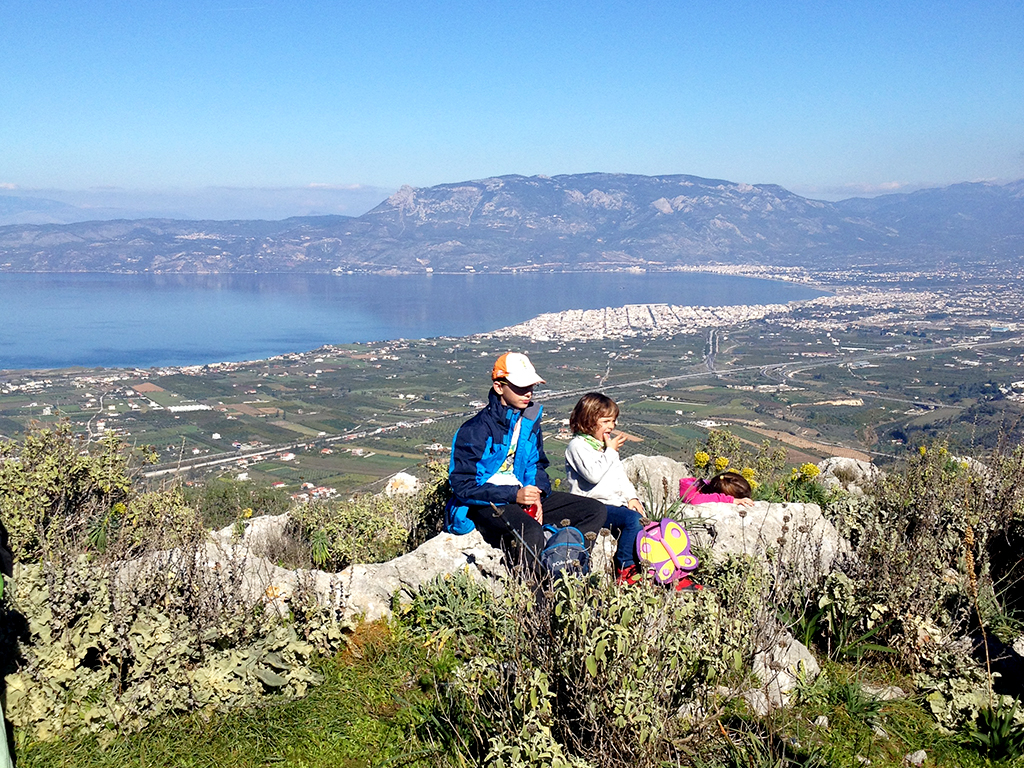
7. Discover a language you have never heard of
Utilize the language barriers. Take advantage of them as an opportunity to master the language you are learning together. Immersion and interaction are among the best methods to learn a new language. And what better way to be successful than with every interaction that is an element of learning your new tongue? It is also a fantastic method to make connections and demonstrate an enthusiasm for the local community.
8 Calculating distances to travel and times
Physics is among those subjects that are always “happening around us.” Do you want to learn how to calculate distances and travel times? For instance, you may be aware of a train trip’s distance and the length of time it takes. Your child could determine an average speed (distance divided by). Advanced learners can do this calculation with different units or acceleration calculations.
9 Mathematics accompanied by the creation of a new currency
Utilizing a new currency is an excellent way to test rapid arithmetic abilities. It doesn’t matter if you need to figure out how many coins you’ll need to pay for or how much change to expect. This is a fantastic method to learn quick subtraction and addition. Alternatively, you can convert currencies and study exchange rates. Maths is a very useful subject.
10. Exploring physical geography
This image is of an extremely sticky waterfall in Chiang Mai. The unique crystals that make up the bottom of the waterfall create a stunningly high friction surface you can walk on. There’s plenty of incredible scientific knowledge to be uncovered here, and it’s a lot of fun, too.
Be on the lookout for intriguing geographical features in the local area. Be it mountains, volcanoes, canyons, hot springs, or canyons. Learn the most you can about physical geography by studying your earth. Go to the waterfall. Check the flow rate of water. Learn about waterfalls, plunge pools, and creation. Examine how rivers flow and meander. Examine different types of cliffs and lakes. Keep an eye out for caves. Find out what the earth has to provide, and consider how to incorporate this into your child’s curriculum.
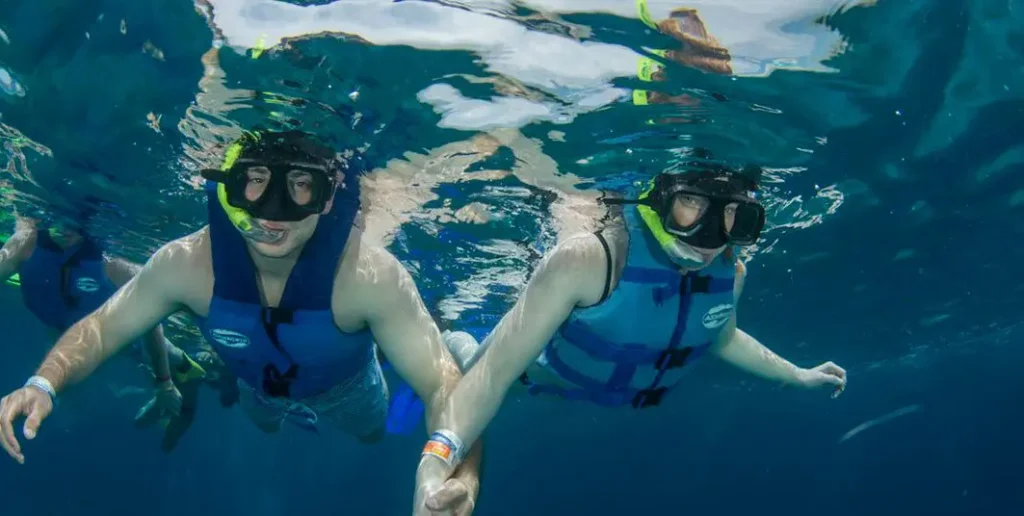
11. Join an in-person cooking class
Basic skills such as cooking aren’t easy to impart in the world of international education. So why not enroll in a cooking class? Learn about local spices and ingredients and prepare local cuisine with local chefs. In certain countries, you could also have access to low-cost food items and cooking facilities. Perfect for consolidating cooking skills.
12. A visit to a farm or a spice garden
Be on the lookout for farmlands and gardens that are special. Learn about the importance of agriculture, crops, and local food production. In Penang, we were fascinated by exotic fruits in The Tropical Fruit Farm. There’s an additional spice garden close by. Anywhere anywhere in the world, you can locate a place like this.
13 Join an environmental conservation project
What is the best way to find an environmental project? It could be a sanctuary for animals. There could be creative projects such as translocation projects. You could get involved in a reforestation program. Find ways to understand and protect the natural resources we have. It is better to do this rather than learn about it in an abstract theorizing course.
14. Talk to the monk or leader of a religious group
It is a good idea to visit local sites of heritage. You may have the opportunity to talk with the local religious leader to learn more about a particular culture’s values, beliefs, and religions. This can be strengthened by studying and analyzing local religions’ backgrounds, beliefs, and practices. Be aware of how culture, religious fashions, and food habits vary from country to.
What are the most effective worldschooling programs?
The best global schooling curriculum is not a standardized program. Instead, it’s an array of choices customized to the student’s home country and cultural requirements. With the current trend of global education, there is no uniform syllabus.
IGCSE, MYP, SATs A-levels, IGCSE, and IBDP are among the most well-known curricula for international students worldwide.
Charlotte Mason
Charlotte Mason is a British educator who argued for the importance of learning for children by doing and through nature.
The approach of Charlotte Mason’s to education is sometimes referred to as”the “Mason Method.” The way she taught children ought to receive an educational experience that is “wholesome, natural, and complete.” Children should learn from their experiences by reading books and interacting with the outdoors as much as possible.
The Charlotte Mason approach stresses the importance of children’s natural development across all aspects of life- emotional, physical, intellectual, moral, spiritual, and social. Its curriculum was designed to promote these areas of development by focusing on what they refer to as “the seven Rs” – Reading (of excellent literature)”Writing (of well-written composition)(of good composition) “Rithmetic” (of high-quality numbers) Reading (of poetry) Retrospection (of self-analysis) Representation (of artwork) and recreation (in the form of healthy playing).
IGCSE (14 to 16 year old)
The Cambridge IGCSE curriculum is designed to prepare students for higher education within England and Wales and other countries that recognize the IGCSE qualification. IGCSE is the equivalent in international terms of the GCSE (and is, in fact, slightly more demanding). IGCSE is an internationally recognized qualification that is offered in more than 100 countries. It can be taken from Year 9 to Year 13 at secondary schools. It comprises the following six courses: English language, mathematics, and science (either biology, physics, or Chemistry), an additional different one (French, German, or Spanish), as well as geography and history.
IB MyP (11 to 16)
The IB ( international baccalaureate program) is among the most widely recognized and respected international education programs worldwide. They provide an IB PYP (primary school curriculum), one of which is the IB Middle Years Program (MYP), as well as an IBDP (diploma course) for students aged 16-18 years old. The MYP includes an international program designed for students ages 11-16. It covers various skills and subjects taught through projects, work, inquiry learning, and creative thinking.
The curriculum focuses on inquiry learning, creativity, and project work. MYP program is an internationally-based curriculum that prepares students for higher education all over the world by offering them an all-encompassing general education in secondary school, which includes sciences and humanities along with languages (English) as well as art and design, mathematics (or the theatre arts) and physical education. It’s worth noting that the IB course is required to be provided by a recognized university or school. There’s no reason that an international family of school children shouldn’t learn from the IB course.
A-Levels (16 to aged 18)
A-levels are internationally recognized qualifications offered by universities in England, Wales, and Northern Ireland that require students to take three or four subjects at an advanced level, each lasting for a minimum of three years. The Cambridge Exam Board offers A-levels and international A-levels. These are also more difficult than the equivalents for non-international students.
API (16 to 18 years old 16-18 years old US equivalent to A-levels)
The American AP program is a post-16 academic degree offered in the USA. It is comparable to the UK A-level.
AP courses can be challenging and require lots of work to be done. Students must learn topics like maths, science, and English, which are usually challenging for learners. But with the right assistance and guidance, it’s feasible for children to be successful in these areas.
Textbooks for Global Schooling Curriculum
Textbooks and other resources are usually needed for these courses. They can be costly to purchase or burden the room in the class. A lot of publishers now provide digital textbooks that are perfect for families who attend world schools with small backpacks!
Tips for worldschooling SEN children
This section will give you guidelines for schooling a child with SEN (Special Education Special Educational Needs). The concept of Worldschooling and an SEN child could seem daunting and scary. In many ways, world schooling is ideal for children with special needs.
The most commonly used types of special needs include dyslexia, Autism, and ADHD. The first step in helping children with SEN is to determine their requirements. Some tests are formal to establish a diagnosis. Alternatively, you can observe your child’s progress and watch for their challenges. This isn’t concerned with “sticking a label on your child.” Instead, it’s about becoming familiar with the child and their issues. Being patient and understanding of their challenges and finding soft tools and methods to help them and help them learn.
Children with SEN often face difficulties at school. This makes it difficult for them to stay on track with the other students. The benefit of schooling worldwide is that you can give your child the focus and assistance they require. Travel’s kinesthetic and visual experiences are ideal for certain SEN educational profiles. Worldschooling is holistic and innate and is a great educational approach for a lot of students.
You need to know your child’s particular requirements and strengths. You can help your SEN child when they are participating in worldschooling in numerous ways. Use tools such as Dyslexie to assist them with their writing and reading skills, purchase an iPad to take notes, record the learning, or locate an online school that provides one-on-one tutoring sessions.
Numerous resources available on the internet will assist you in supporting SEN children as they learn in the world.
Worldschooling FAQs
Now that you’ve learned the basics of worldschooling and how to pay for your travels, we’ll address some frequently asked questions regarding this lifestyle.
Are the children of worldschooling going to be able to catch up with their peers in academics?
This is a typical worry for parents who are considering worldschooling. Parents worry their children will be behind in their studies even if the school is not a typical educational environment.
However, this is usually not the norm. Indeed, many students from world schools discover that they do better academically due to having more time to concentrate on their studies.
Furthermore, as they aren’t tied to conventional school hours, they can go to locations that provide different educational opportunities.
How can I tell whether my child is prepared for the world of education?
This is tough to answer since every child is unique. Some children are more flexible and adapt easily to changes, whereas others thrive in a structured setting.
As a principal, however, I’d suggest that most children are ready to go to world school when they reach elementary school age or even before elementary school age.
Beginning earlier than later could aid in the transition as well. Teenagers in high school might be more hesitant to begin an online schooling program. Of course, there will always be exceptions to this principle.
Can students from schools outside the United States take college entrance tests or college placement examinations?
Yes, students who are world-schooled can sit for college placement tests as well as entrance examinations.
Many colleges are beginning to acknowledge the benefits of global education and are now offering special scholarships for students who are worldschooling.
If you’re thinking about worldschooling to help prepare your student for the college experience, be aware that many choices are available.
What if I’m uncomfortable with my child not being home for prolonged durations?
If you’re uncomfortable with your child’s absence from home for prolonged durations, then worldschooling might not be the best fit for you. It is important to remember that in worldschooling, there’s no standard schedule.
Your child and you can travel the length of time or as you like. There’s no need to continue moving if you’re not ready, except for those annoying limitations on tourist passes and visas.
Which are the top destinations to study in the world?
It is a challenging issue to answer as there are schools that offer world-class education across the globe.
The most popular destinations for world schooling include Australia, New Zealand, Costa Rica, Mexico, Thailand, Malaysia, and Turkey.
These are only some examples. There are plenty of other excellent locations to attend worldschool as well, and it’s all dependent on your family’s preferences.
As you can see, there’s plenty to think about before beginning a journey to world school. If you’re willing to invest the research and planning effort, it could be a rewarding adventure for you and your loved ones.
How to Get Started Worldschooling?
If you’re looking to go for it, you’ll need to take a few steps before you begin. It’s the first thing to determine whether it fits your family best.
Worldschooling isn’t suitable for all, and it’s vital to be sure it’s a good fit for you.
If you believe this (amazing!) lifestyle is right for your lifestyle, then the ideal method to begin is by making an all-inclusive ticket for your initial destination. In our instance, we opted for a single-window cruise starting from LA towards Singapore!
Conclusion: What is Worldschooling?
How can you get involved in worldschooling? Worldschooling is an excellent method to learn about other ways of life and cultures while receiving an excellent education. As a parent, I’ve learned how important education is to our family!
What are you wasting time to do? Set out and begin traveling the world together with loved ones!
All you have to do is develop your education program, rid yourself of most of your possessions, decide how to manage your house, and then purchase an all-in-one ticket to somewhere.

